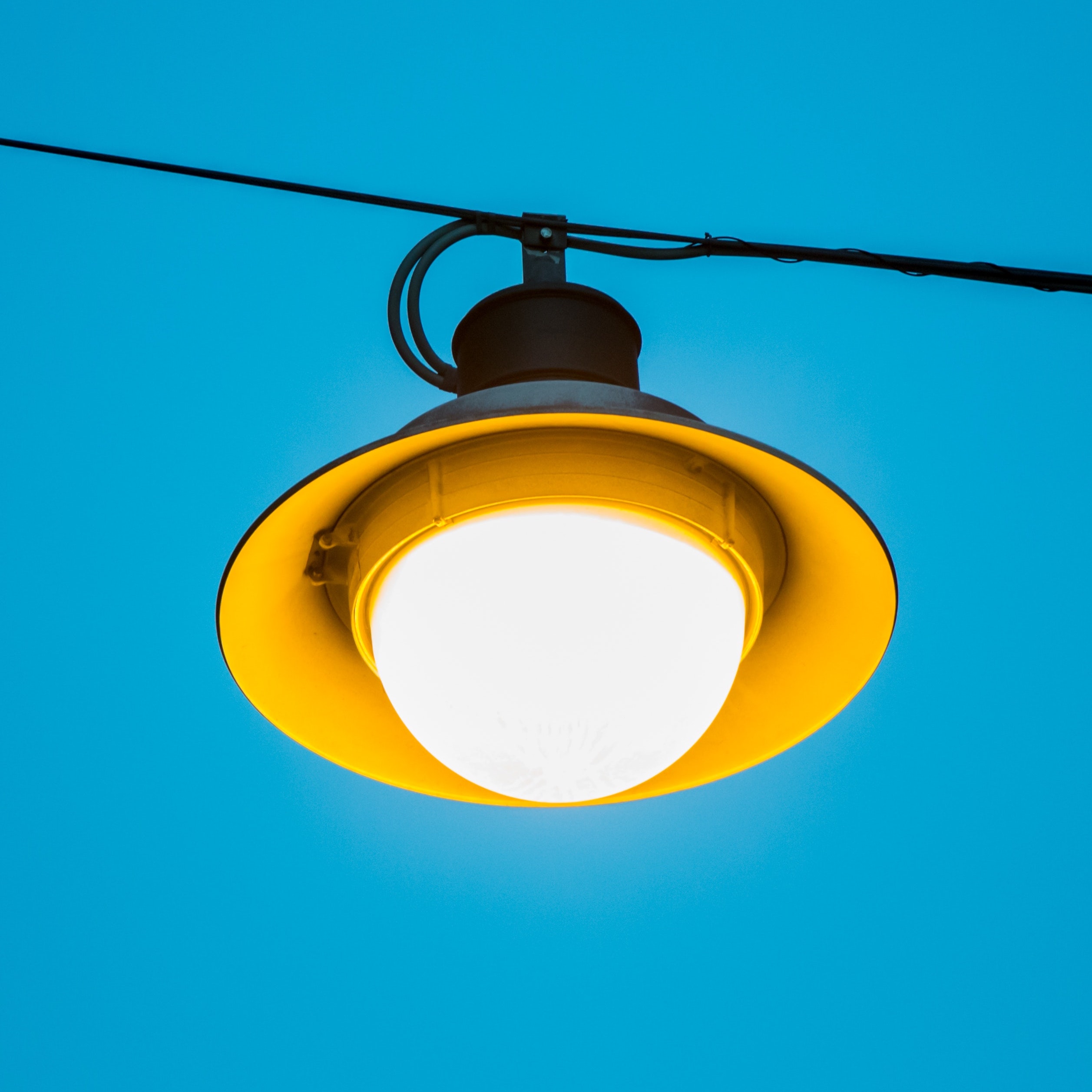No. 76: Change your light bulbs to really energy efficient ones
No. 76: Change your light bulbs to really energy efficient ones
Number 72
Learn why you should do this:
In today’s world, energy efficiency is a crucial aspect of sustainability. One way to increase energy efficiency is to change the light bulbs in schools to really energy-efficient ones. This switch can lead to both environmental and financial benefits.
By using energy-efficient light bulbs, schools can reduce their energy consumption and, consequently, their carbon footprint. The US Department of Energy estimates that replacing traditional light bulbs with energy-efficient ones can reduce energy consumption by up to 75%. This reduction in energy use can significantly reduce the amount of greenhouse gases emitted into the atmosphere, helping to mitigate the effects of climate change.
Moreover, energy-efficient light bulbs last much longer than traditional ones, which means that they need to be replaced less frequently. This not only reduces the amount of waste generated by the school but also saves the school money. The US Environmental Protection Agency estimates that by replacing traditional light bulbs with energy-efficient ones, schools can save up to $60 per bulb over the lifetime of the bulb.
In addition to these environmental and financial benefits, changing light bulbs to energy-efficient ones can also have educational benefits. By teaching students about the importance of energy efficiency, schools can foster a culture of sustainability and promote positive environmental values in the next generation of leaders.
One example of an energy-efficient light bulb is the LED (light-emitting diode) bulb. LED bulbs use up to 75% less energy than traditional incandescent bulbs and can last up to 25 times longer. They also produce significantly less heat, which means that they are much safer to use.
Another example is the CFL (compact fluorescent lamp) bulb. CFL bulbs use up to 75% less energy than traditional incandescent bulbs and can last up to 10 times longer. They also emit less heat than incandescent bulbs and are available in a variety of shapes and sizes, making them suitable for a wide range of lighting needs.
By making the switch to energy-efficient light bulbs, schools can make a significant impact on the environment and their budgets. They can reduce their energy consumption, save money, and promote sustainability values to the next generation of leaders. It is a small change that can have a big impact.
In conclusion, changing light bulbs to really energy-efficient ones is a simple yet effective way to promote sustainability in schools. The benefits are clear – reduced energy consumption, lower carbon emissions, financial savings, and educational opportunities. By making this switch, schools can take an important step towards creating a more sustainable future for all.
Sources:
- US Department of Energy. Energy Saver: Light Bulbs. https://www.energy.gov/energysaver/save-electricity-and-fuel/lighting-choices-save-you-money/energy-saving-light-bulbs
- US Environmental Protection Agency. K-12 School Energy Efficiency: Lighting. https://www.epa.gov/schools/k-12-school-energy-efficiency-lighting

All 100 ideas in one, easy to share ebook. Download now and start helping your school be its best version of itself...
Downloaded over 17,000 times!

More ways to make a difference, now!
No. 64: Install solar-powered water fountains
Number 64 This article explains the environmental and financial benefits of installing solar-powered water fountains in schools. By reducing electricity costs and conserving water, these fountains provide a sustainable and cost-effective solution for schools. As...
No. 63: Use electric car sharing programs for teachers and staff
Number 63 This article discusses the environmental and financial benefits of implementing electric car sharing programs for teachers and staff in schools. It provides various statistics and expert opinions to support the use of such programs as a sustainable...
No. 62: Use smart building automation systems
Number 62 This article highlights the environmental and financial benefits of using smart building automation systems in schools. By utilizing these systems, schools can reduce their energy consumption, lower operational costs, and improve indoor air quality, creating...





